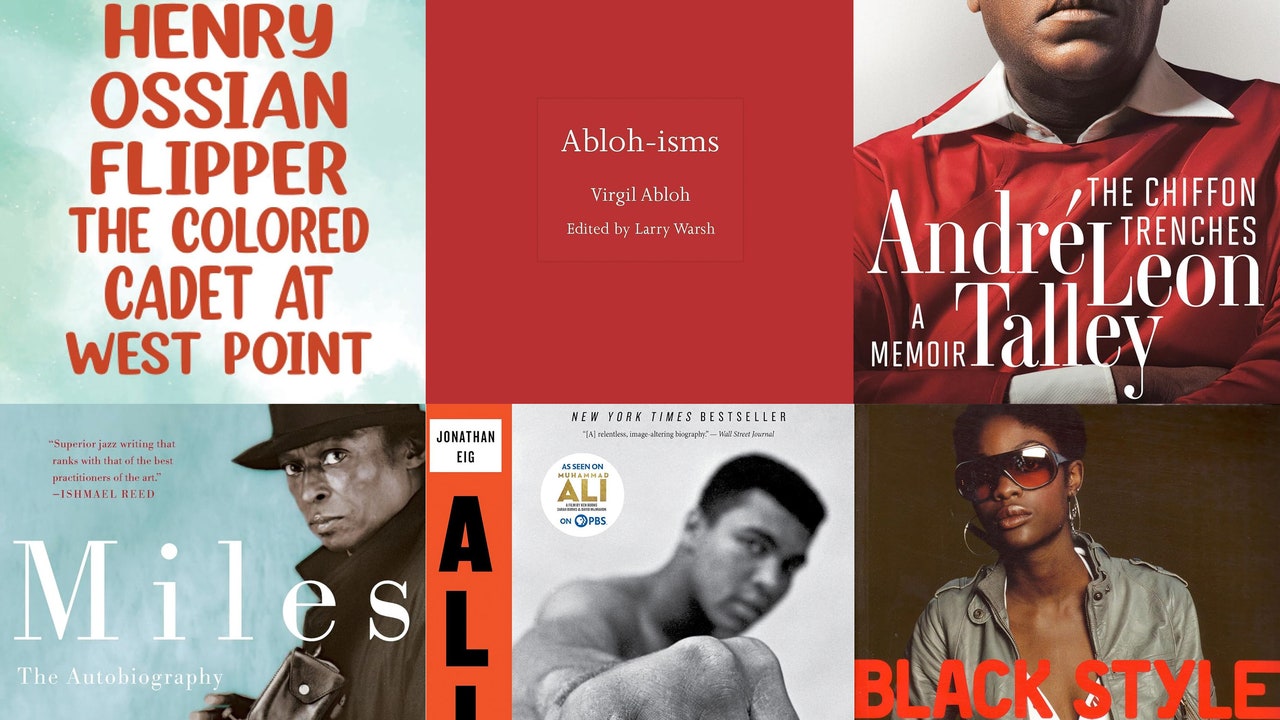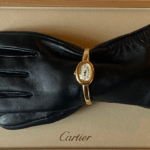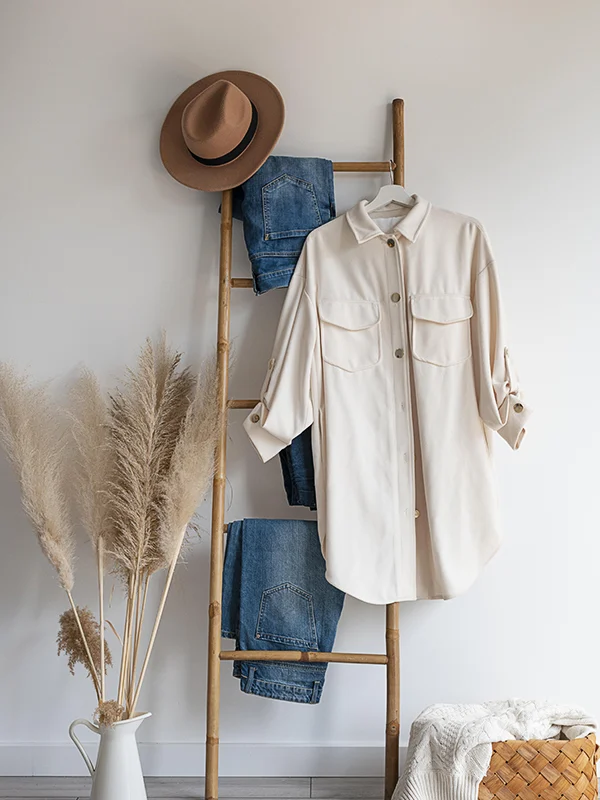Recently, the motif of the huge springtime exhibit of the Academy of Clothes (a cosmopolitan occasion) has actually been often developed for message recommendation. Notes on the camp or Virginia Woolf’s job. Yet the beginnings of 2025’s “Super Fairy: Cut Black Design” are particularly literary works. According to a 2009 publication by visitor manager Monica Miller, the program not just thinks about the number of the black guy. Style Servant: Black Playboy and Black Diaspora (This was her PhD argumentation in Harvard English Literary Works), yet its framework was likewise motivated by Zora Neale Hurston’s 1934 short article “The Features of Black Expression.” So it is likewise full of the voices (and outfits) of interesting black authors, creatives and changemakers. These consist of thinkers such as activists Olaudah Equiano and Frederick Douglass; thinkers such as Maya Angelou and Ta-Nehisi Coates; pop culture symbols from Miles Davis and Muhammad Ali to André Leon Talley and Virgil Abloh.
For Miller, component of curating the exhibit with Andrew Bolton, a long time manager of the Academy of Clothes, was to weave a large range of acquainted names right into an unusual brand-new background: the social background of the black design. Taking the finals of the 12 motif components of “Superfine” as an instance, Cosmopolitanism thinker Frantz Fanon offered the engraving for this: “Worldwide I took a trip, I produced myself constantly.”
Miller informed Style “He has to do with surface area and intrinsicity, the psychology of just how individuals fulfill black individuals and the method black individuals task right into the social, social and political globe. He’s doing the job– yet I believe individuals anticipate to see him right here. Individuals like Miles Davis, we estimate a great deal of individuals with regard in one more area.
On The Other Hand, Hurston is an author, and Miller, a teacher at Barnard University, has actually been instructing (not just since Hurston was Barnard’s initial black graduate). Her “diverse” job as an anthropologist and folklorist enhances an exhibit, as Miller places it, “not curious about a playboy that plainly specifies black” yet rather discovers the national politics of black outfits “offering various opportunities, various access factors.”





